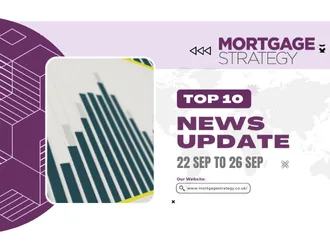
According to latest Bridging Trends data, contributors transacted £831m of bridging loans in 2023, making it the highest recorded annual gross lending figure since Bridging Trends launched in 2015.
The year started well with contributors completing £278.8m of bridging loans in the first quarter of 2023, the highest level of loans transacted in a single quarter. This was likely due to borrowers turning to bridging finance amid uncertainty in the mainstream mortgage market after 2022’s mini-Budget.
By the second quarter, momentum cooled with £165.7m of loans transacted by contributors as borrowers were hesitant to take on debt due to high inflation and mortgage rates. However, volume rebounded and remained consistent throughout the second half of the year, with an increase to £191m in Q3 and £195.5m in Q4.
Regulated bridging continued to extend its market share in 2023, increasing to 46.3% from 44% in 2022 and 40.8% in 2021, likely influenced by the rising interest rates and product withdrawals from mortgage lenders, particularly in the first half of the year.
With the Bank of England’s base rate continuing to climb between January and September, the annual bridging interest rate increased to an average of 0.87% in 2023, compared to 0.73% in 2022 as lenders fought against rising swap rates for much of the year. This is the highest annual average interest rate recorded since 2015 (0.91%).
Encouragingly, average loan-to-value levels remained static at 57% in 2023, suggesting borrowers are not over-stretching themselves despite rising interest rates.
The split between first and second-charge bridging loans remained relatively consistent in 2023 though demand for second-charge bridging loans continued to dwindle, accounting for an average of 10.9% of total market volume in 2023 – down from 13.7% in 2022 and 14.8% in 2021.
This was a new record low for annual Bridging Trends data and could be due to borrowers looking to purchase properties rather than releasing equity in their current assets.
The average completion time for a bridging loan dropped slightly from 59 days in 2022 to 58 days in 2023. However, this is a significant increase compared to 2021 (52 days), indicating the mounting pressure on the industry due to the growing popularity of bridging loans.
Specialist Finance managing director Dale Jannels commented:”It’s no surprise to see an overall increase in bridging volumes in 2023 and it reflects what we have seen, especially the increased use of regulated bridging. As a business that’s been operating in bridging for decades, we recognise and understand the products’ complexities and have seen almost every kind of customer scenario”.
He added: “This helps identify potential issues before they arise and helps brokers and their customers use regulated bridging sensibly and with eyes wide open. I would strongly recommend that brokers seek the help of experts, who contribute to this index, as I don’t see demand for bridging diminishing, but increasing, and, inevitably, with more complexity.”



